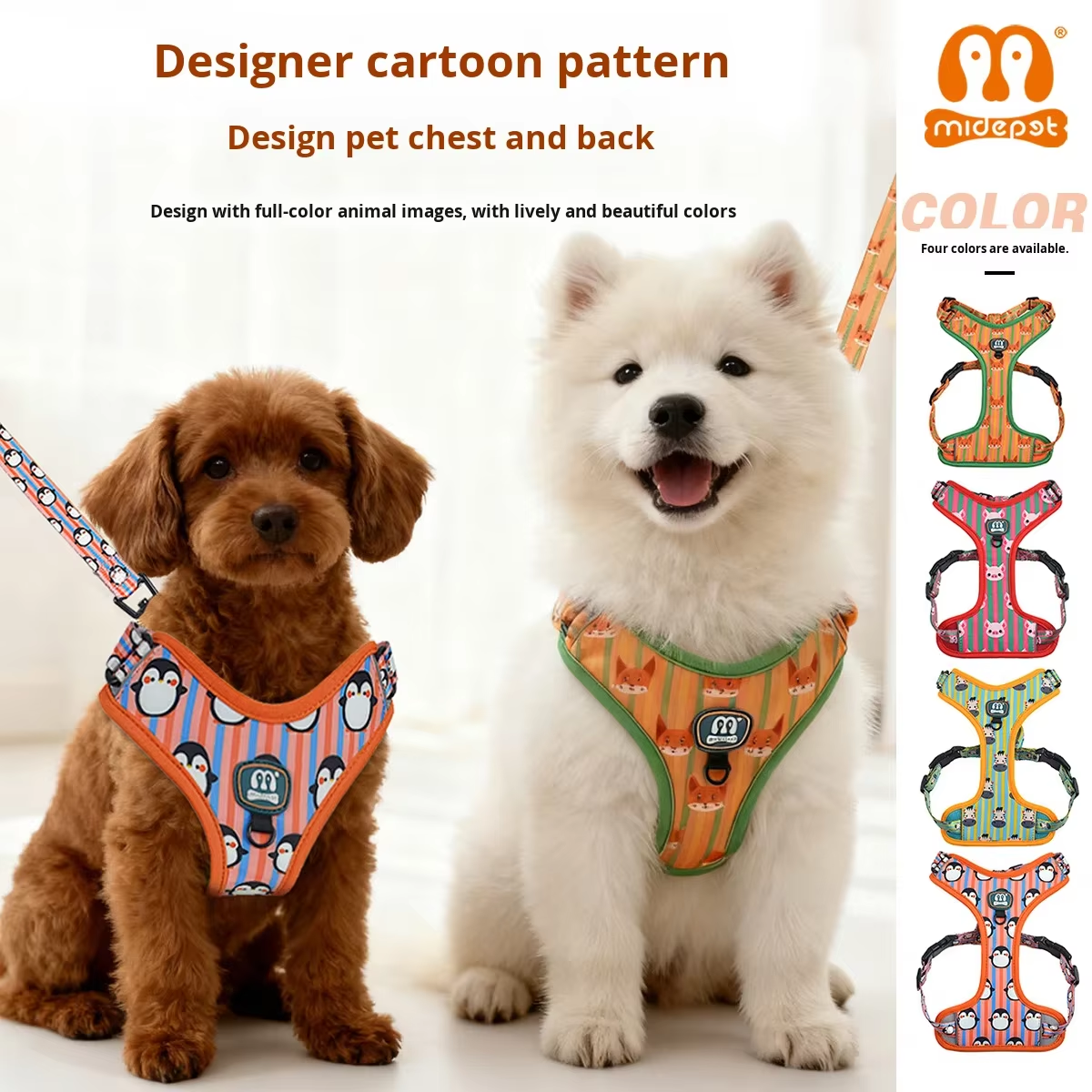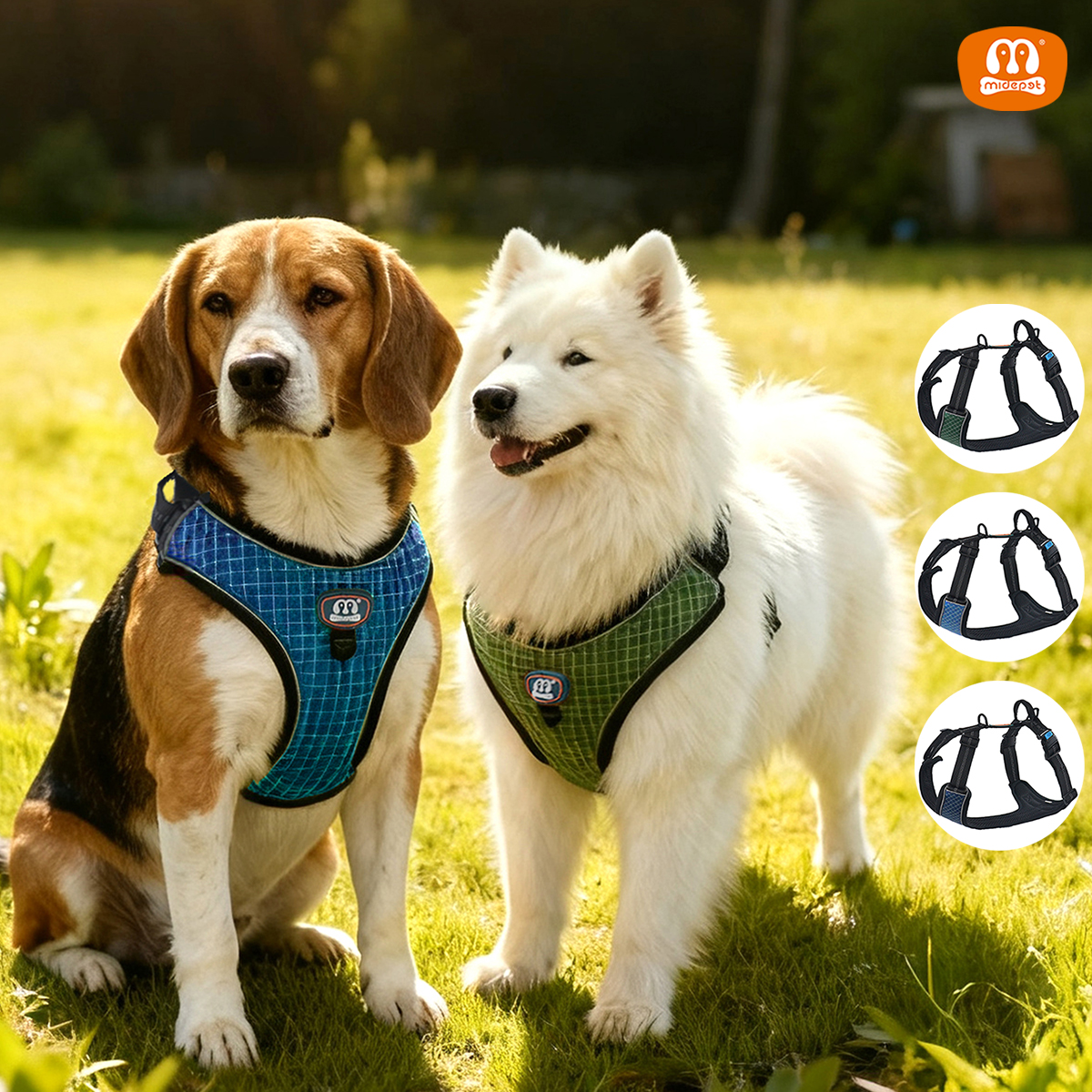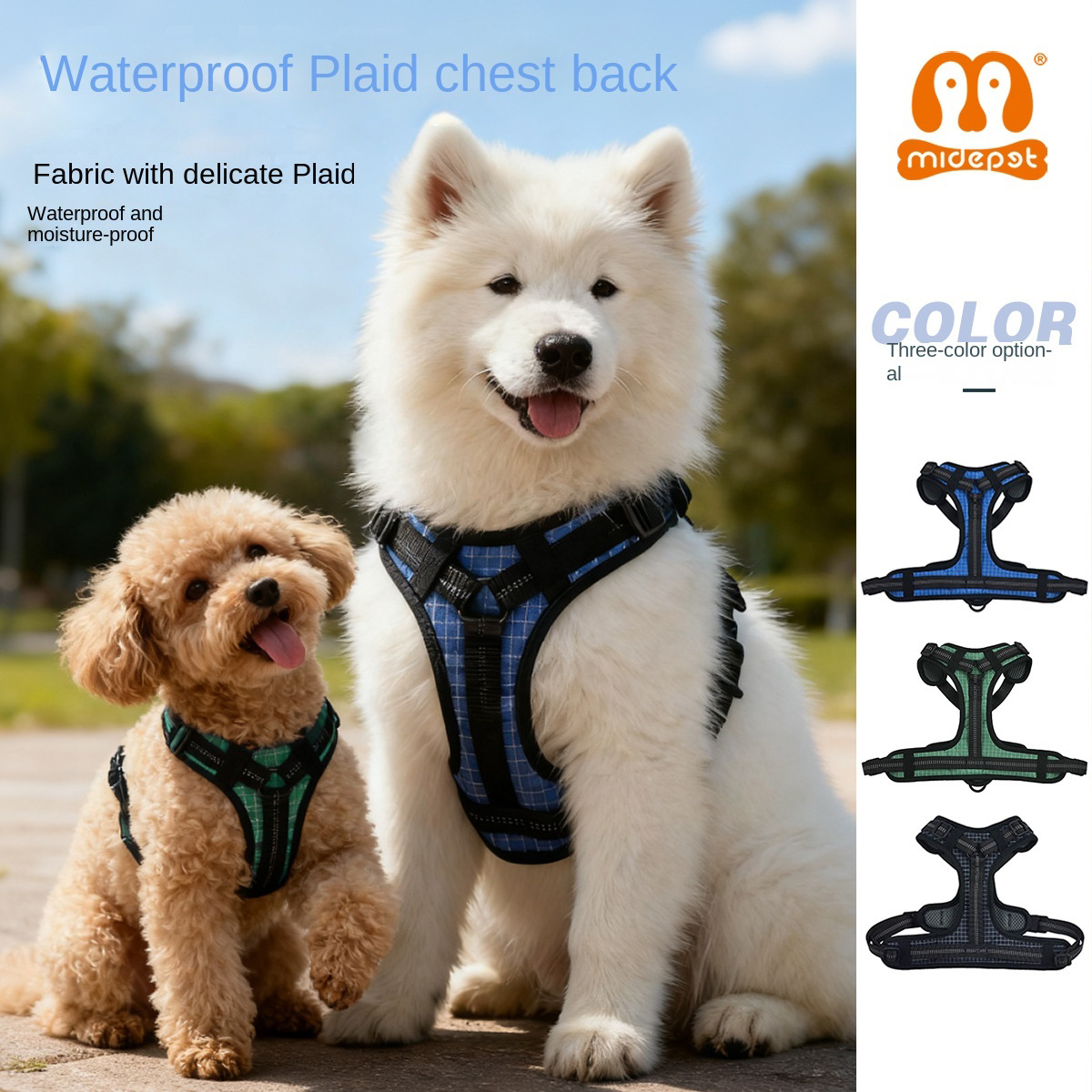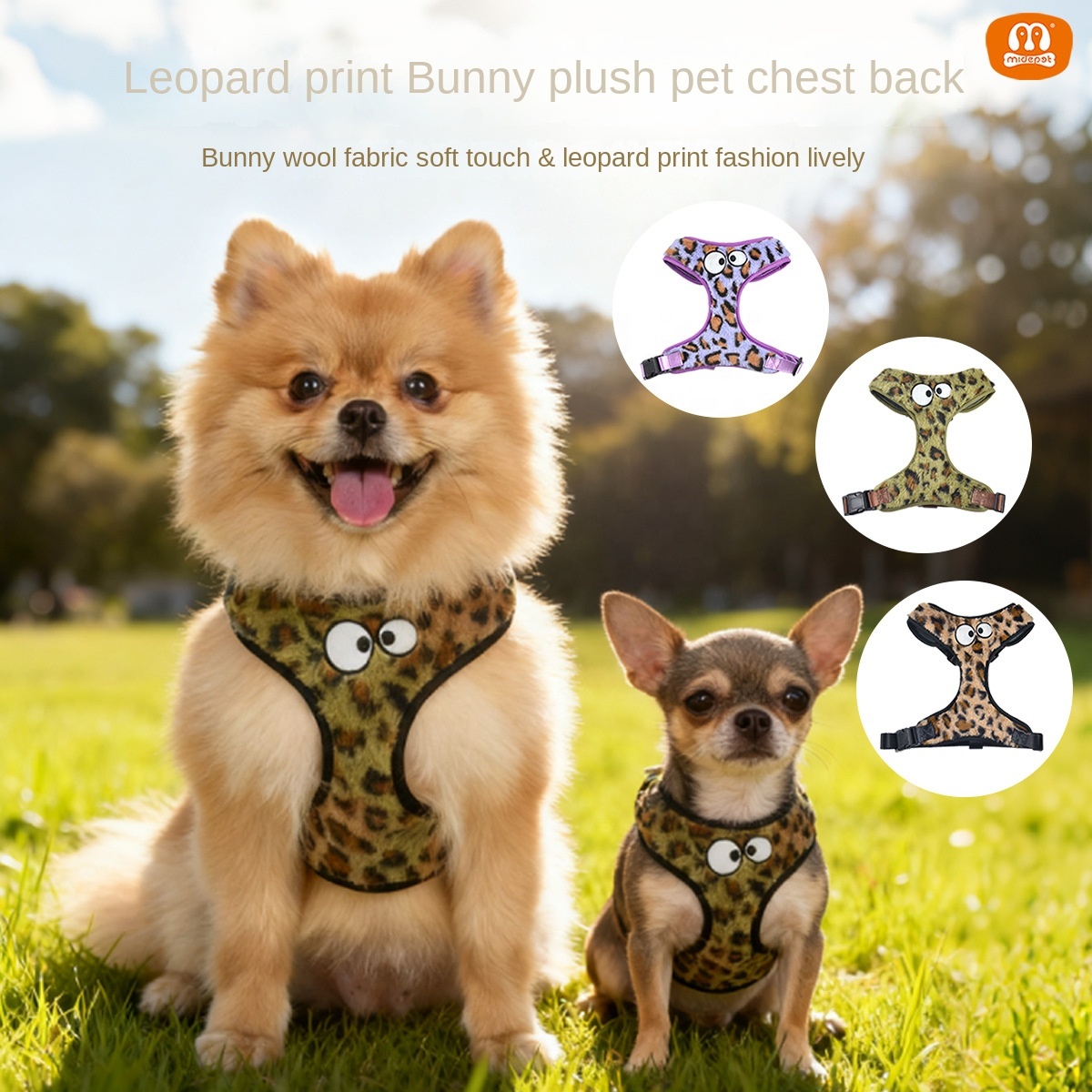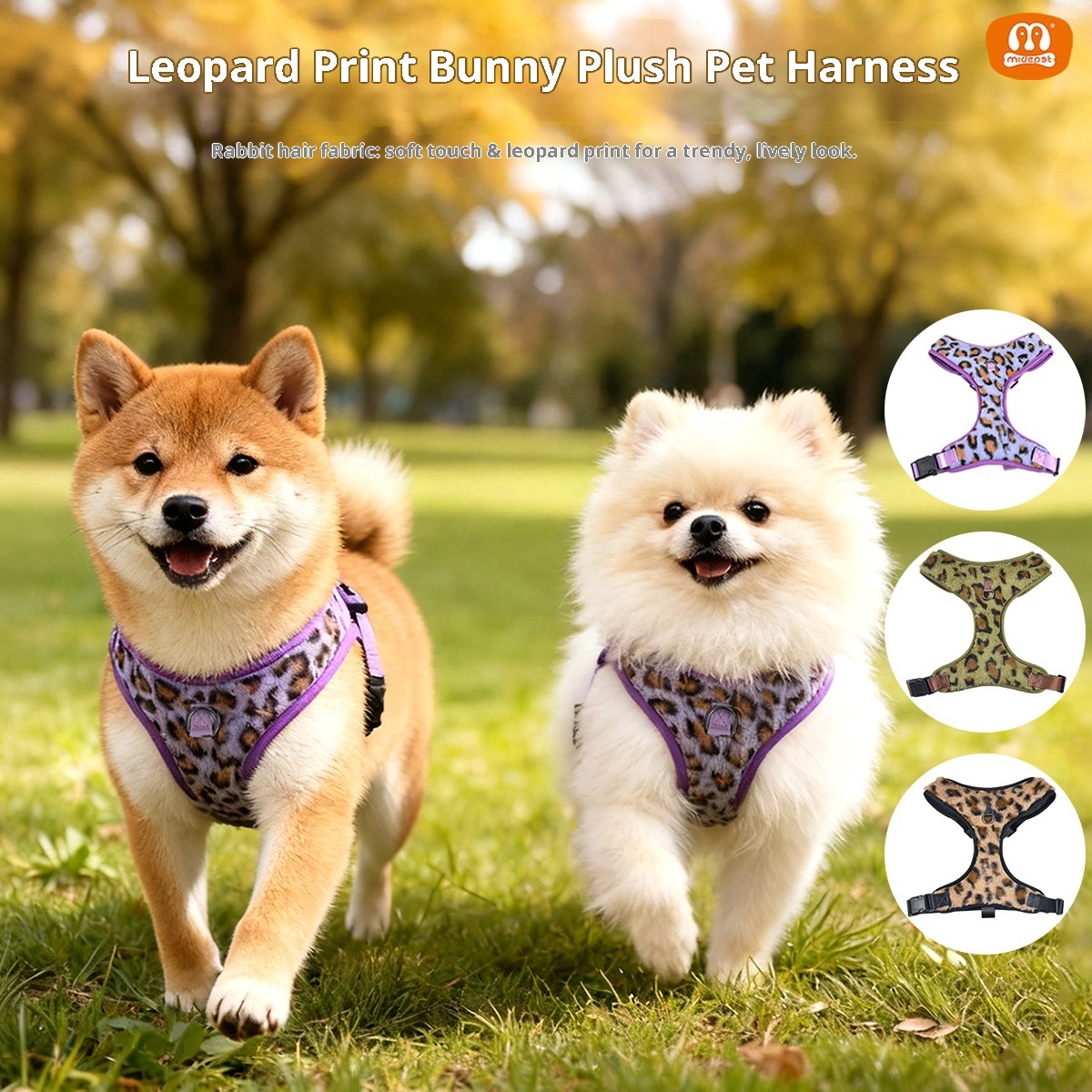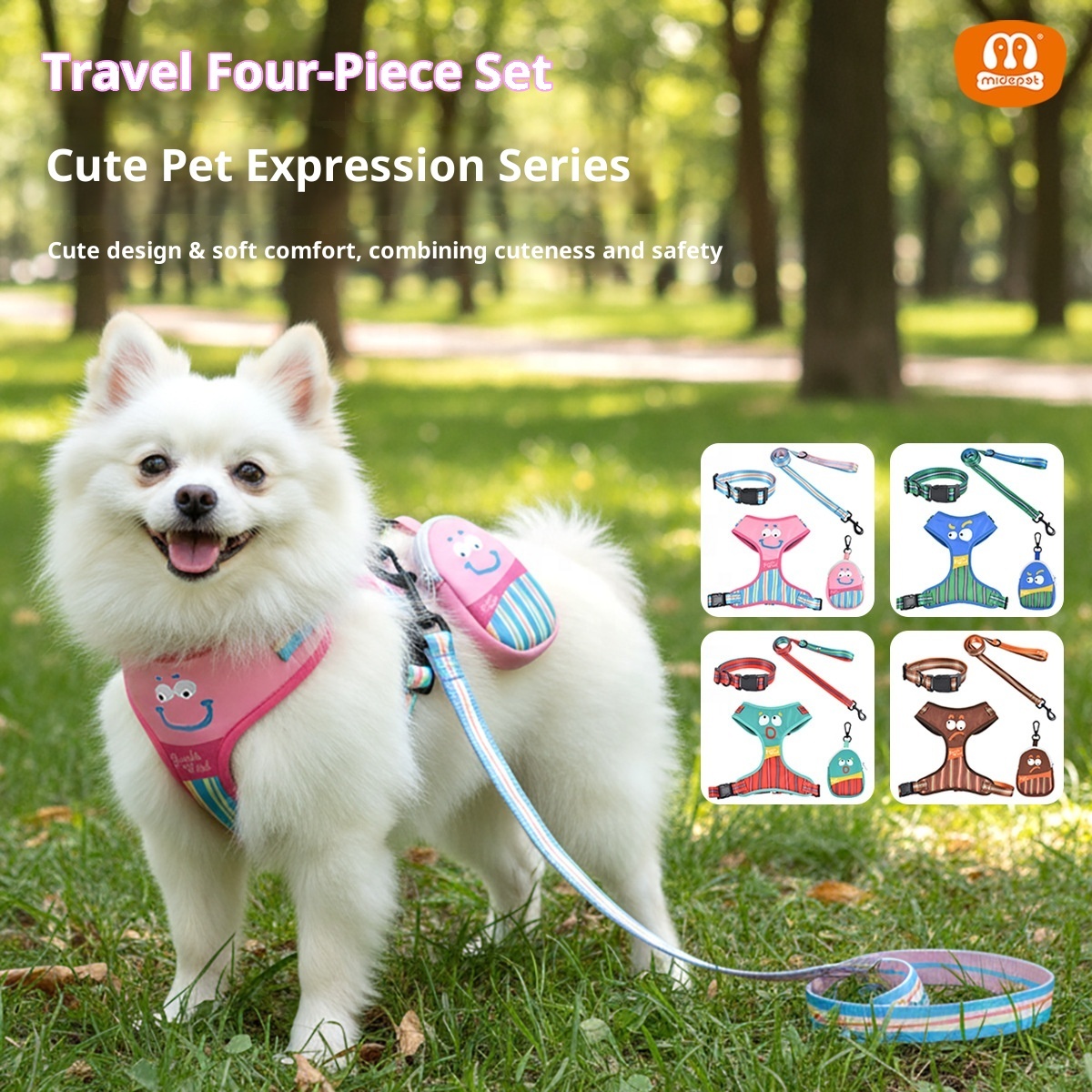Choosing the Best Colored Toys for Your Dog
Choosing the Best Colored Toys for Your Dog
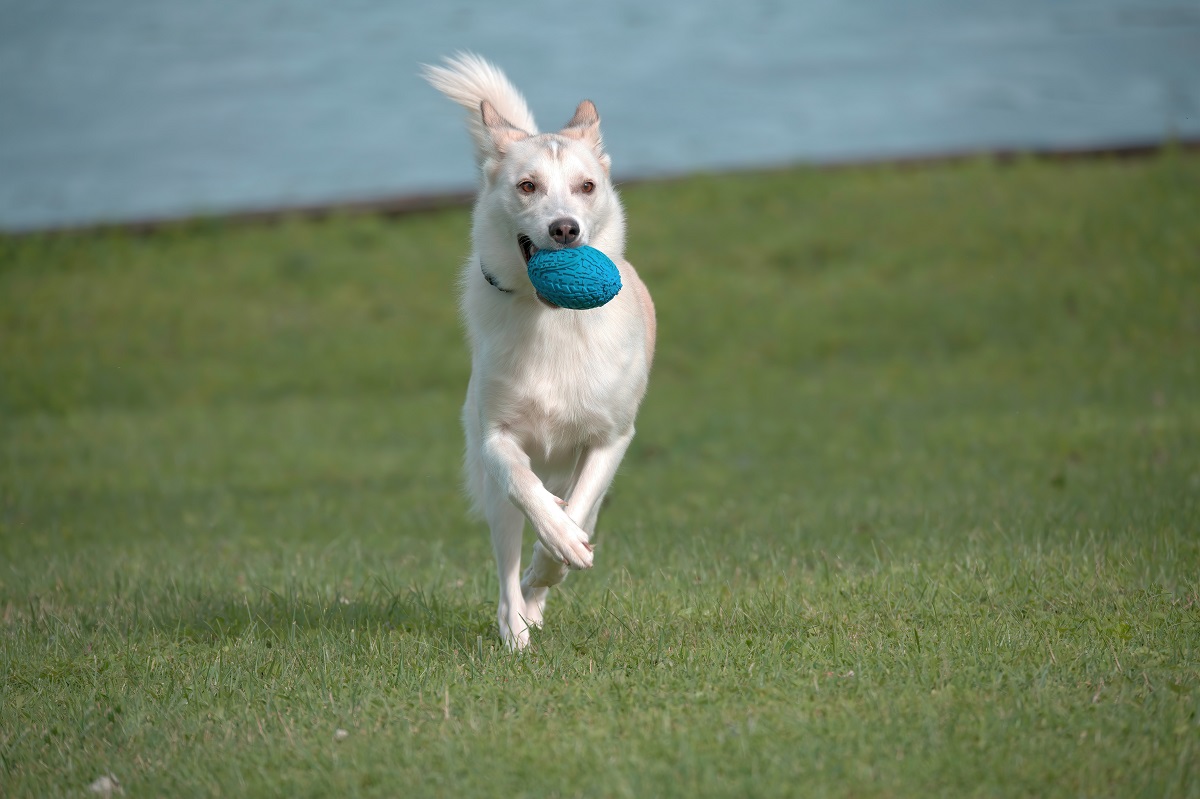
Introduction
When you're browsing through an array of dog toys at the store or online, you might wonder: "What color toys are best for my dog?" As a responsible pet owner, you want to ensure that the toys you choose not only catch your dog's attention but also ensure its safety during playtime. This article will delve into the specifics of canine vision and provide useful tips to help you select the most suitable colors for your dog's toys.
Understanding Your Dog's Vision
It's important to note that dogs' visual systems differ from those of humans. While humans have three types of cone cells in their eyes that allow us to perceive a wide range of colors, including reds, greens, and blues, dogs have only two types of cone cells. This means they primarily see blue and yellow hues. In other words, blue dog toys and yellow dog toys are among the colors that dogs can see most clearly.
Many people mistakenly believe that dogs live in a world of black and white, but this is not entirely true. Dogs do not see the full spectrum of colors as humans do, but their world isn't completely devoid of color either. They have a more limited color range, yet they excel at seeing in low light conditions compared to humans.
Color Psychology and Pets
Given the limitations of a dog’s color perception, it's essential to consider these factors when choosing toy colors. Dogs’ favorite colors tend to be those that they can easily distinguish—typically blue and yellow. These colors can attract their interest and make playtime more engaging.
Beyond color, the design of the toy also matters. If your dog enjoys playing fetch, a brightly colored and easy-to-grasp toy could be ideal. Additionally, changing the colors of toys periodically can add novelty and excitement for curious canines.
Choosing Colors Based on Settings
The environment in which your dog plays should also influence the color choice of toys. For instance, indoors, you might prefer brighter colors so that toys are easier to spot if they get lost around the house. Outdoors, especially in grassy areas or snowy landscapes, the best colours for dogs to see are ones that stand out—like blue or yellow.
In situations where visibility is poor, such as dusk or dawn, selecting toys with reflective strips can enhance safety. Reflective materials make it easier for both you and your dog to track the toy's location.
Interactive Toys
When choosing toys for interactive play sessions, think about how color impacts engagement. For example, a bright yellow dog toy could be more eye-catching than a dull gray one during a game of fetch. High contrast colors generally stand out against most backgrounds, making them easier for dogs to follow.
Furthermore, color can be used to differentiate between different types of toys. Assigning specific colors to training toys can help your dog quickly learn that it's time for a training session.
Conclusion
In summary, selecting the right colors can significantly enhance your dog's play experience. Understanding colors that dogs can see and choosing accordingly can make your selections more appealing to your furry friend. We hope this information helps you make informed decisions when shopping for your dog's next toy.
By thoughtfully selecting the colors of your dog's toys, you can increase their enjoyment and strengthen your bond with them. Remember, regardless of the color chosen, always prioritize the safety and quality of the toy, ensuring every play session is a memorable one. Enjoy the playful moments with your beloved pet!
This approach not only adds fun but also strengthens the emotional connection between you and your dog. Keep in mind that no matter what color you choose, ensuring the toy is safe and of good quality is paramount, making each playtime a joyous occasion.


